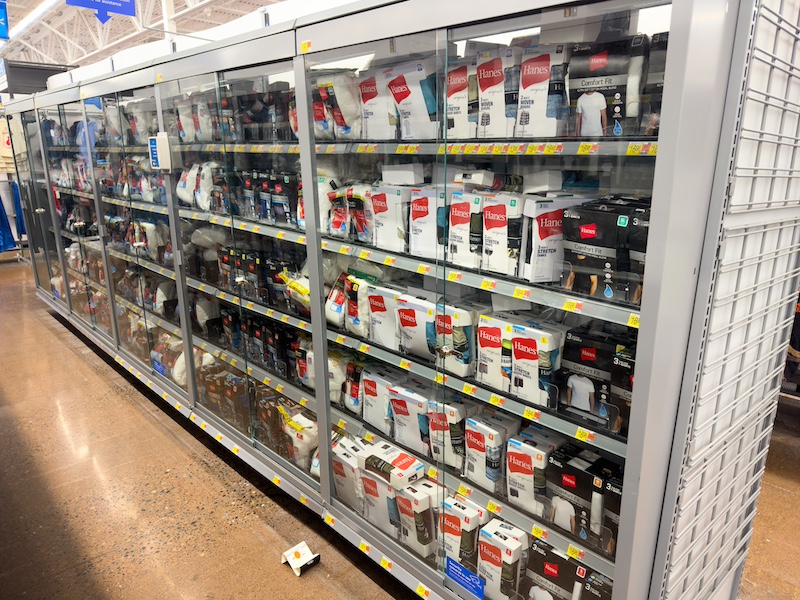- The 17th Annual Global Shopper Study found eight in 10 retail associates are concerned about the lack of technology deployed for criminal activity, inventory
- Investments over the next three years will be in artificial intelligence (50 percent) and RFID tags and readers (42 percent)
A recent Zebra Technologies survey show that both shoppers and retail associates are concerned about the lack of technology deployed to spot safety threats or criminal activity.
The 17th Annual Global Shopper Study found eight in 10 retail associates are concerned about the lack of technology deployed to spot safety threats or criminal activity. As a result, employing artificial intelligence (AI) technologies are currently viewed as the most helpful with loss prevention, closely followed by, sensors, and RFID
While only 38 percent of retailers currently use AI-based prescriptive analytics for loss prevention, 50 percent of respondents plan to use it within the next three years for this purpose. That was followed by plans for self-checkout cameras and sensors (45 percent), computer vision (46 percent), and RFID tags and readers (42 percent), specifically for loss prevention.
Investments for Better Shopping Experience
“Many retailers are laying the groundwork to build a modern store experience,” said Matt Guiste, global retail technology strategist, Zebra Technologies, in a press statement with the report. “They are investing in mobile and intelligent automation technologies to help inform operational decisions and enable associates to do the things that keep shoppers happy.”
The investment comes as shoppers are more vocal in their displeasure of the current shopping experience at retail brick-and-mortar locations—78 percent of shoppers expressed their annoyance with products being locked up or secured within cases.
Adding to that frustration is that it’s hard to find an associate while shopping in stores these days, according to 70 percent of consumers. And one in five shoppers who left a store without getting what they needed say it’s because a retail associate wasn’t available to help, an increase over the past two years.
Shopping Dissatisfaction
This has led to a decline in the shopping experience for consumers. In 2023, 85 percent were satisfied with both the in-store and online experiences. This year, only 81 percent are satisfied with the in-store experience and 79 percent with online shopping.
Zebra commissioned the global study among adult shoppers, decision-makers, and associates to analyze the trends and technologies transforming the retail sector. Administered online by Azure Knowledge Corporation, this year’s study includes over 4,200 respondents across topics of shopper experience, device and technology usage, delivery and fulfillment in store and online.
In a post-pandemic environment, shoppers expect retailers to offer easy click-and-collect and returns options. But retailers and associates admit challenges with both while struggling to confirm current inventory and pricing. Plus, with more shoppers returning to stores, labor shortages and increasing loss incidents are having a greater impact on service levels.
As a result, 78 percent of shoppers say self-checkout options improve their shopping experience, yet 68 percent of shoppers say self-checkout (SCO) lanes are lacking, with some reporting they have left a store without making a purchase because there were no SCO or contactless payment options.
Utilizing Technology for Better Experience
Nearly 90 percent of retail associates believe they can provide a better customer experience when they have mobile technology tools to help simplify real-time communication and prioritize tasks as well as check prices and inventory. Most retailers agree technology enables associates to do their jobs better, and as a result, 75 percent of retailers say they plan to increase their technology investments in 2025.
Along with enhancing the customer experience, the study shows retailers’ top priorities include improving mobile workforce efficiency and productivity along with inventory management.
More than one-third of them (39 percent) believe that GenAI will have an extremely significant impact on inventory management and demand forecasting. They will also be automating product locating and item-level RFID (46 percent), video monitoring (45 percent), and stock-out alerts (45 percent) to give associates and shoppers real-time inventory visibility, which is a leading profitability driver.


